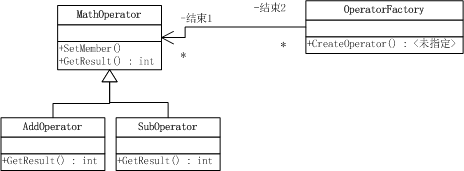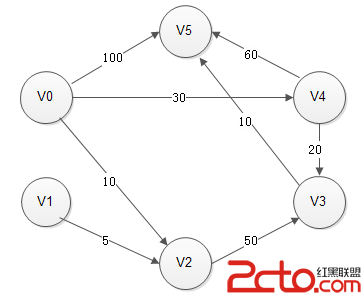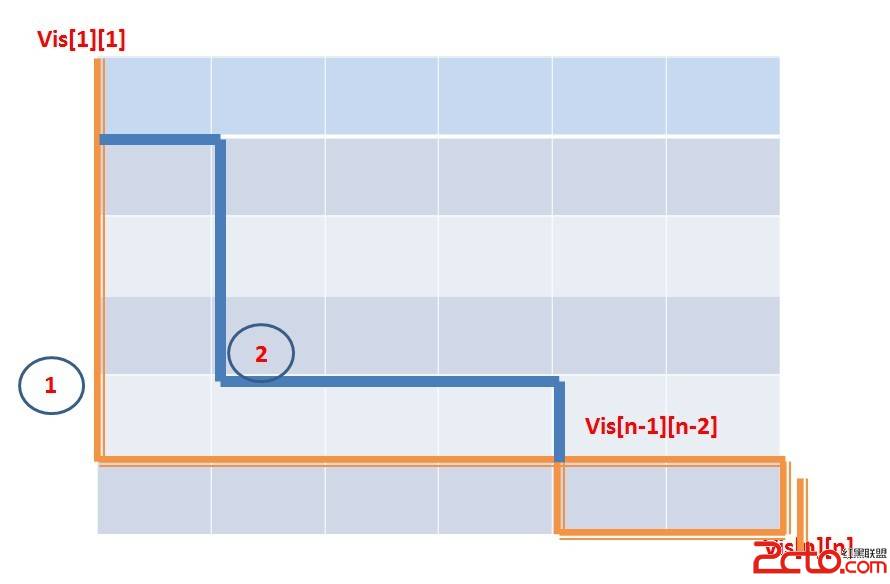dm_io_async_bvec()函数分析
[cpp]int dm_io_async_bvec(unsigned int num_regions,#if LINUX_VERSION_CODE >= KERNEL_VERSION(2,6,26)struct dm_io_region *where,#elsestruct io_region *where,#endifint rw,struct bio_vec *bvec, io_notify_fn fn,void *context){struct dm_io_request iorq;iorq.bi_rw = rw;iorq.mem.type = DM_IO_BVEC;iorq.mem.ptr.bvec = bvec;iorq.notify.fn = fn;iorq.notify.context = context;iorq.client = flashcache_io_client;return dm_io(&iorq, num_regions, where, NULL);}The user must set up an io_region structure to describe the desired location of the I/O. Each io_region indicates a block-device along with the starting sector and size of the region.但是不同的内核版本io_region 结构体的表示不同。2.6.26以后的版本用dm_io_region表示如下:[cpp]struct dm_io_region {struct block_device *bdev;sector_t sector;sector_t count; /* If this is zero the region is ignored. */};2.6.26之前的版本用io_region表示如下:[cpp]struct io_region {struct block_device *bdev;sector_t sector;sector_t count;};虽然形式不同,但是里面的内容是一样的,都含有一个指向block_device的指针,以及区域的起始扇区和区域的大小。bio_vec结构体如下:[cpp]struct bio_vec {struct page *bv_page;<span style="white-space:pre"> </span>//指向段的页框中页描述符的指针unsigned int bv_len;<span style="white-space:pre"> </span>//段的字节长度unsigned int bv_offset;<span style="white-space:pre"> </span>//页框中段数据的偏移量};io_notify_fn是一个回调函数指针的类型,其定义如下:[cpp]typedef void (*io_notify_fn)(unsigned long error, void *context);The "error" parameter in this callback,, is a bitset (instead of a 易做图 error value). In the case of an write-I/O to multiple regions, this bitset allows dm-io to indicate success or failure on each individual region.dm_io_request结构体如下:(通过dm_io_request结构来封装请求的类型,如果设置了dm_io_notify.fn则是异步IO,否则是同步IO。)[cpp]struct dm_io_request {int bi_rw; /* READ|WRITE - not READA */struct dm_io_memory mem; /* Memory to use for io */struct dm_io_notify notify; /* Synchronous if notify.fn is NULL */struct dm_io_client *client; /* Client memory handler */};从上面的分析可以看出,dm_io_async_bvec通过io_notify_fn fn来确定是同步操作还是异步操作,通过bio_vec *bvec确定dm_io的服务类型,dm_io有3种服务类型:[cpp]//The first I/O service type takes a list of memory pages as the data buffer for the I/O, along with an offset into the first page.struct page_list { struct page_list *next;struct page *page; };int dm_io_sync(unsigned int num_regions, struct io_region *where, int rw, struct page_list *pl, unsigned int offset,unsigned long *error_bits);int dm_io_async(unsigned int num_regions, struct io_region *where, int rw, struct page_list *pl, unsigned int offset,io_notify_fn fn, void *context);[cpp]//The second I/O service type takes an array of bio vectors as the data buffer for the I/O. This service can be handy if the caller has a pre-assembled bio, but wants to direct different portions of the bio to different devices.int dm_io_sync_bvec(unsigned int num_regions, struct io_region *where, int rw, struct bio_vec *bvec,unsigned long *error_bits);int dm_io_async_bvec(unsigned int num_regions, struct io_region *where, int rw, struct bio_vec *bvec,io_notify_fn fn, void *context);[cpp]//The third I/O service type takes a pointer to a vmalloc'd memory buffer as the data buffer for the I/O. This service can be handy if the caller needs to do I/O to a large region but doesn't want to allocate a large number of individual memory pages.int dm_io_sync_vm(unsigned int num_regions, struct io_region *where, int rw, void *data, unsigned long *error_bits);int dm_io_async_vm(unsigned int num_regions, struct io_region *where, int rw, void *data, io_notify_fn fn, void *context);dm_io_async_bvec通过dm_io_request封装请求之后,确定了请求的各种类型,然后由dm_io()函数来完成操作。dm_io函数如下:[cpp]int dm_io(struct dm_io_request *io_req, unsigned num_regions,struct dm_io_region *where, unsigned long *sync_error_bits){int r;struct dpages dp;r = dp_init(io_req, &dp);if (r) &nbs补充:软件开发 , C++ ,上一个:C++中一维数组与二维数组的手动调用
下一个:几种常见的排序算法
- 更多C/C++疑问解答:
- 关于c++的cout输出的问题。
- 在学校里学过C和C++,不过学的很一般,现在自学C#,会不会很难?
- 全国计算机二级C语言笔试题
- 已知某树有2个2度结点,3个3度结点,4个4度结点,问有几个叶子结点?
- c++数据结构内部排序问题,整数排序
- 2012九月计算机二级C语言全国题库,,急求急求
- 如果assert只有一个字符串作为参数,是什么意思呢?
- C语言中,哪些运算符具有左结合性,哪些具有右结合性,帮忙总结下,谢谢了!
- 为什么用结构体编写的程序输入是,0输不出来啊~~~
- 将IEEE—754的十六进制转化为十进制浮点类型,用C或C++都行,多谢各位大侠啊,非常感谢!
- 为什么这个程序求不出公式?
- 这个链表倒置的算法请大家分析下
- c语言函数库调用
- C语言unsigned int纠错
- C语言快排求解啊





